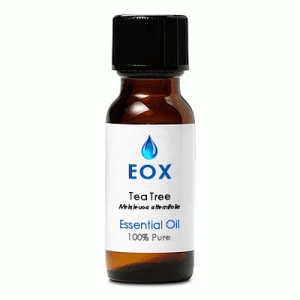|
Characteristics:
A pale yellowy-green or water-white liguid with a warm, fresh, spicy-camphoraceous odor. It blends well
with lavender, clary sage, rosemary, oakmoss, pine, ylang-ylang, geranium, marjoram, and spice oils,
especially clove and nutmeg.
Principal Constituents: These are naturally occuring in the essential oil.
- terpinene-4-ol
- cineol
- pinene
- terpinenes
- cymene
- sesquiterpenes
- sesquiterpene alcohols
General Actions:
antiseptic, antibacterial, antiviral, anti-inflammatory, immunostimulant, anti-infectious, balsamic, cicatrizant, diaphoretic, expectorant, fungicidal, parasiticide, vulnerary.
Safety:
Non-toxic, non-irritant, possible sensitization in some individuals.
Primary Therapy Agent:
Acne, athlete's foot, boils, abscesses, blisters, cold sores, herpes, cuts/sores, greasy or oily skin/scalp,
insect bites, ringworm, spots, verrucae, warts, corns, wounds, catarrh, sinusitis, whooping cough, pruritis,
itching, thrush, candida, urethritis, chickenpox, colds/flu, fever, measles.
Secondary Therapy Agent:
Burns, dandruff, irritated and inflamed skin, rashes, asthma, bronchitis, coughs, sore throat, throat
infections, cystitis, leucorrhea.
Important Note: The information on Florapathics.com is
only provided for educational purposes, and further research should be done on each essential oil to be assured
of its proper usage for each individual. Aromatherapy is not meant to be a replacement for care under a qualified
health professional, but should be considered a complimentary modality.
|





